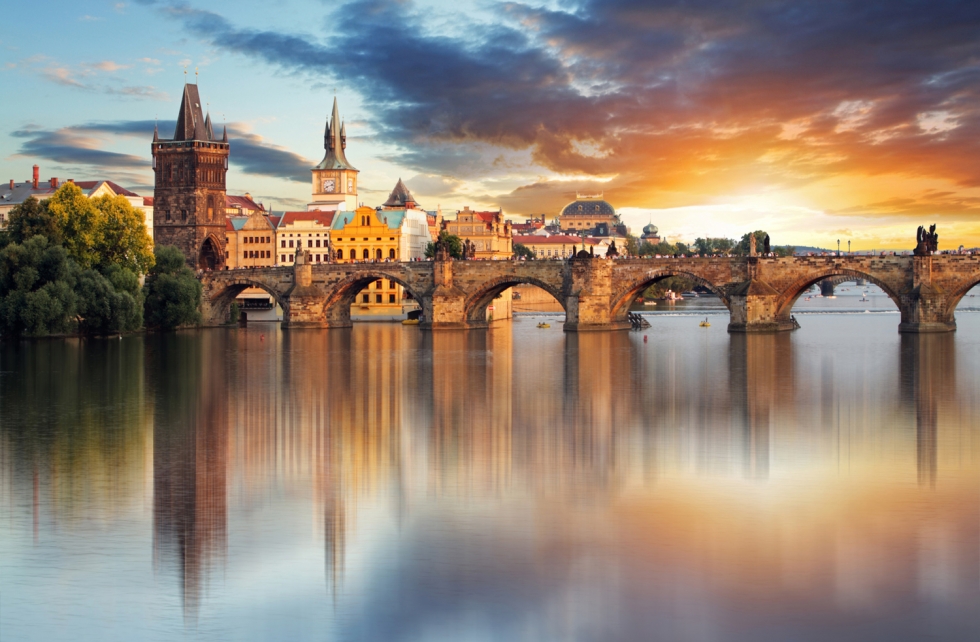When you are traveling to a sunny holiday destination like Mykonos in Greece or San Juan in Puerto Rico, prepare to explore not only the sandy beaches, but the rich cultural heritage as well. We have picked up ten small but very beautiful old towns, that caught our attention.
10. Chora, Mykonos, Greece
One of the most popular islands of the Cyclades group, a desirable holiday destination next to Santorini, Mykonos is proud of its pristine water, white houses and windmills. Despite wonderful architecture and beaches, the web of beautiful streets and alleys deserve an extra attention.
Why to go there?
Most of these picturesque streets in Mykonos town Chora are closed to traffic, therefore there is nothing that would interrupt a nice stroll. There are a variety of shops, bars, cafes, restaurants and boutiques, but the traditional Cycladic architecture is very well preserved and authenticity remains obvious in the walls and alleys of Mykonos.
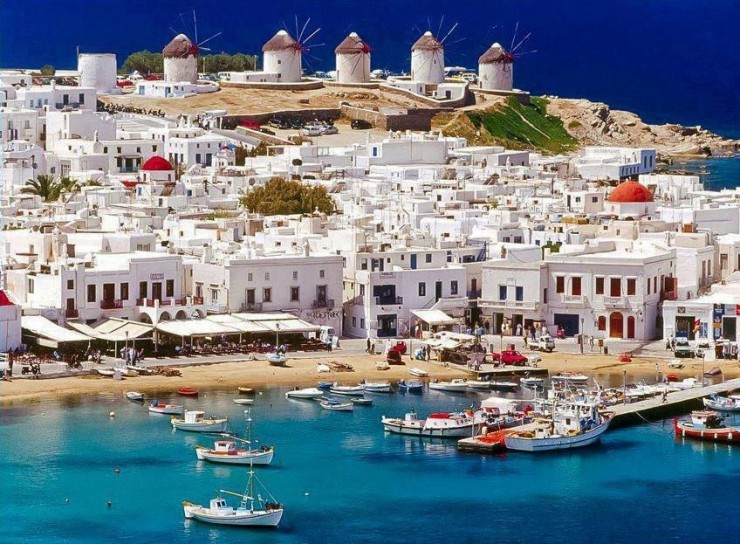
Photo by the Unknown
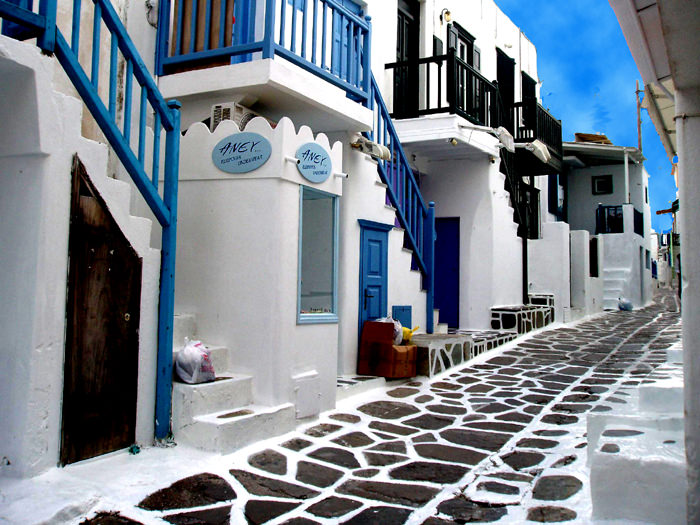
Photo by the Unknown
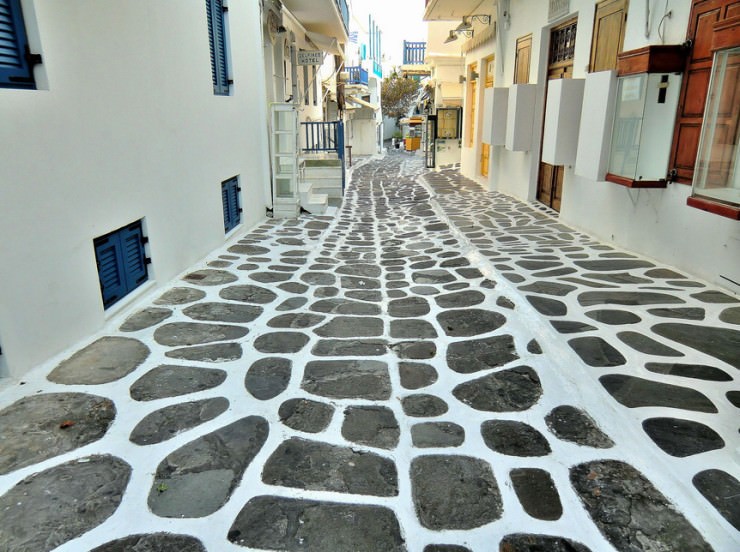
Photo by ANWAR ABDULLAH
9. Heidelberg, Germany
A very popular tourist destination, the town is postcard-beautiful indeed! Its main attractions are historic Medieval and Baroque buildings, including the ruins of the famous Renaissance castle. The oldest university in Germany attracts students and scientists to the city. Therefore, the town is full of lively events and the pace is fast unlike other smaller towns.
Why to go there?
The town is a perfect getaway for a weekend trip. Various romantic hiking trails, numerous landmarks and cozy restaurants will provide an exciting trip.
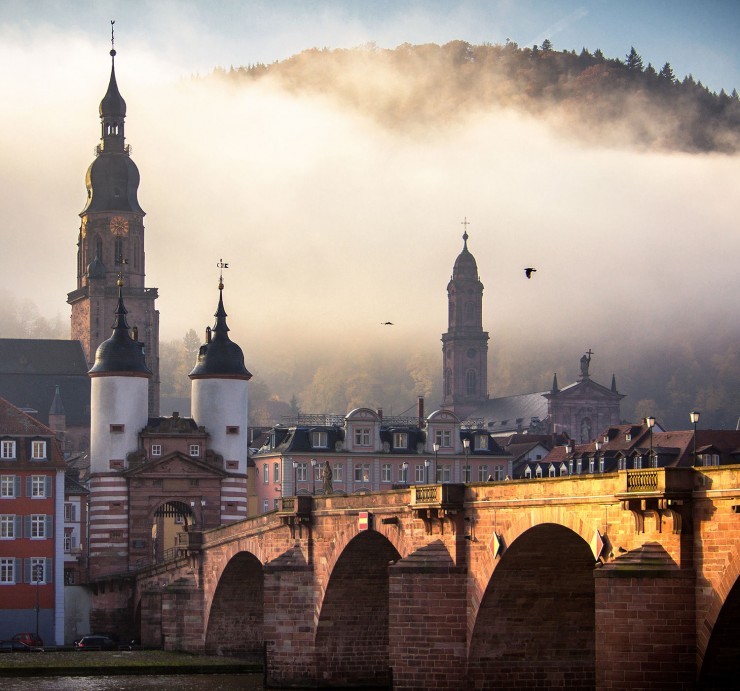
Photo by the Unknown
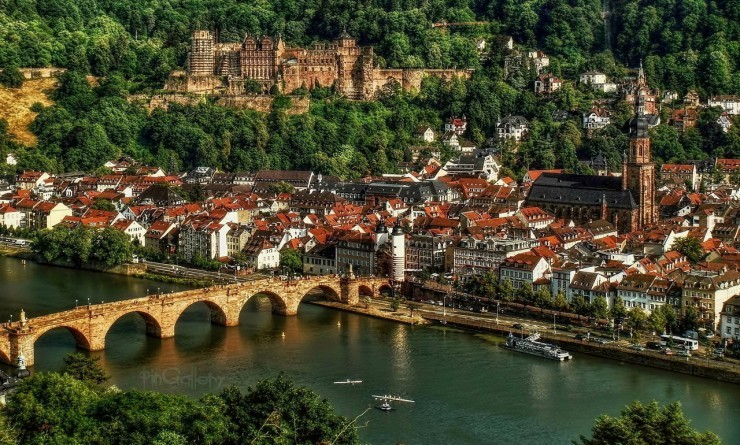
Photo by the Unknown
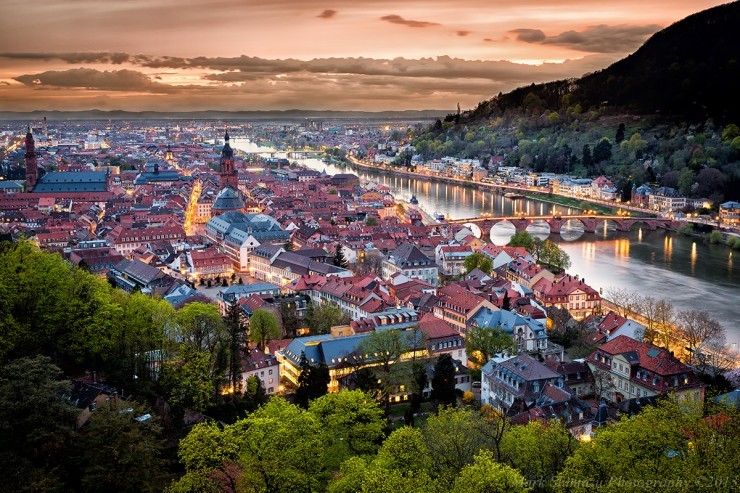
Photo by the Unknown
8. Ronda, Spain
The historic city is founded on the high mountains, 750 m above sea level. It attracts and fascinates visitors from all around the world. The river of Guadalevín runs through the city and divides it into two parts. The water during centuries has carved a 100 m deep canyon El Tajo. Many architecture from Neoclassical style has been preserved in Ronda. Ernest Hemingway and Orson Welles had the residencies and spent their summers here.
Why to go there?
Besides being one of the most unique and picturesque historic towns in Spain, it also features the rock paintings of Cueva de la Pileta – the Neolithic Age art.
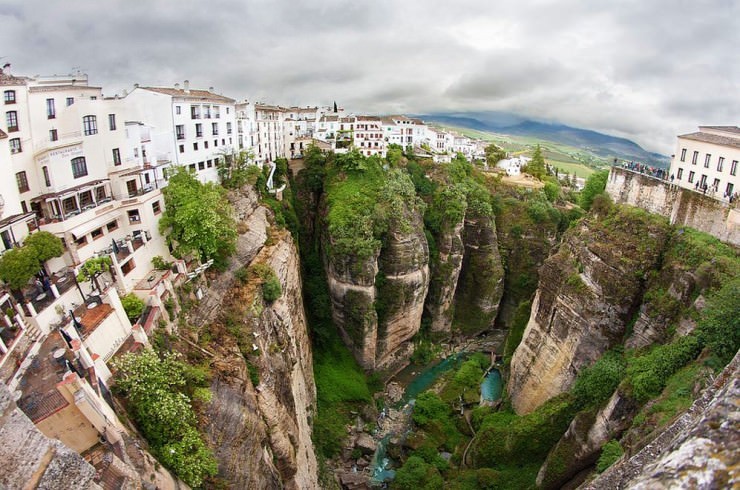
Photo by Francisco Marín
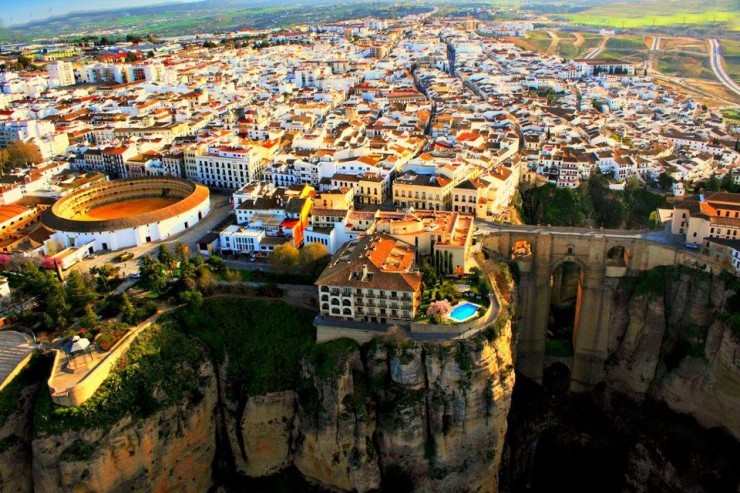
Photo by the Unknown
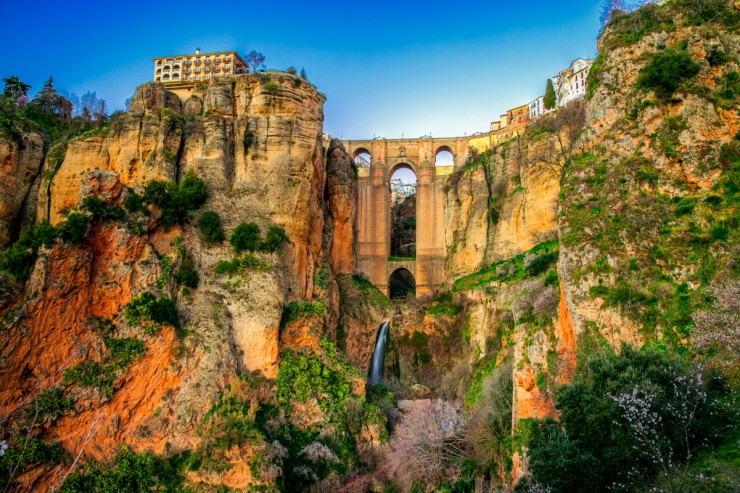
Photo by the Unknown
7. Old City of Shanghai, China
The former Chinese city was surrounded by a wall, that was dismantled only in 1912. The district fascinates with amazing traditional architecture, temples, gardens and food. At night it gets especially beautiful, when illuminated with colorful lights, and crowds of people come here to have fun. Although most of the buildings are renovated, however they look no less impressive.
Why to go there?
In spring and fall a fair is held in the City God Temple. During a Lentern Festival the streets get filled with colorful lanterns. It seems like the Old Town never sleeps and is always packed with locals, as well as tourists, who do not miss a chance to admire this spectacular place.
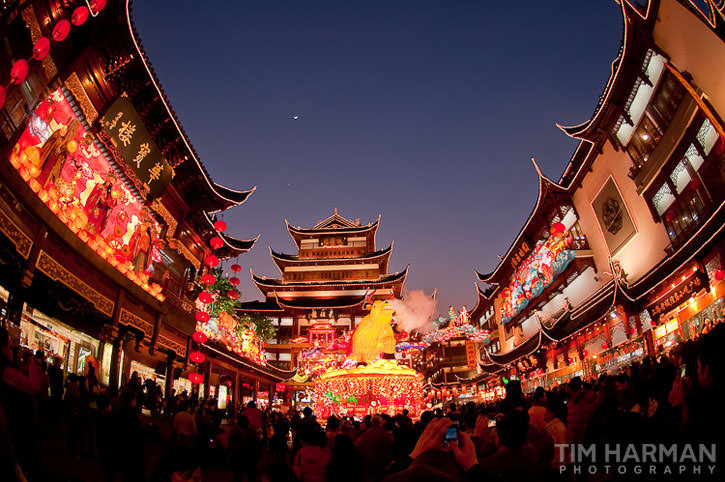
Photo by Tim Harman
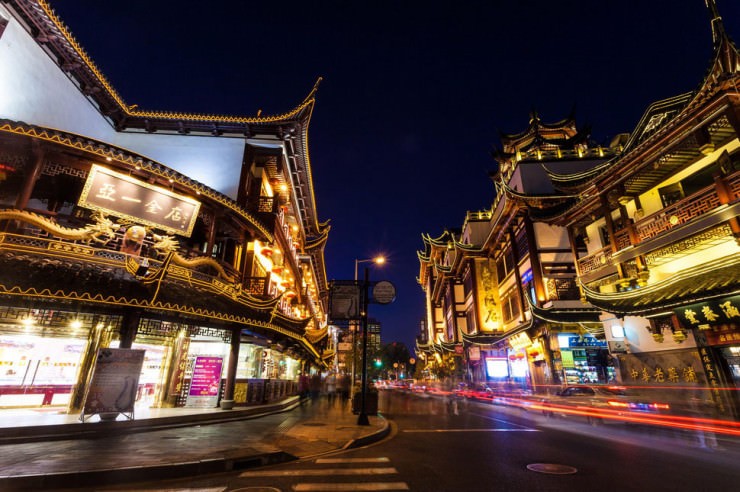
Photo by Anakin Yang
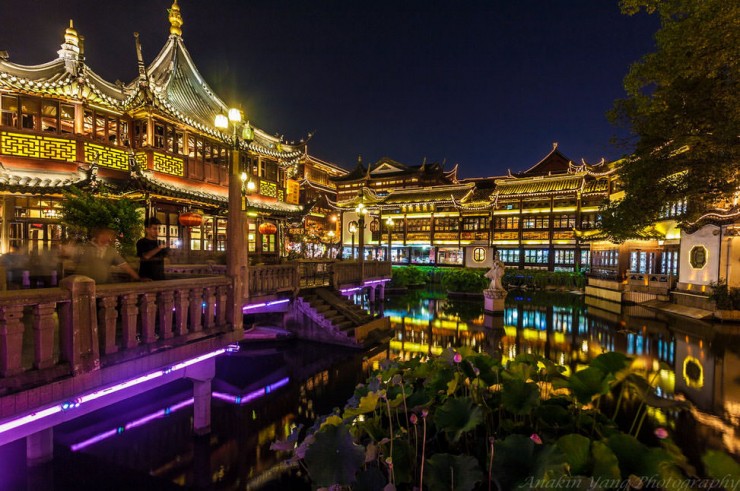
Photo by Anakin Yang
6. Spello, Umbria, Italy
An ancient town in the province of Perugia fascinates with marvelous architecture, compressed in a rather tiny area. Spello’s Medieval buildings, built on the Roman foundations, determine the dense web of small narrow streets. Wherever you will go, it will lead you somewhere nice. Actually, it is even recommended to get lost in the streets of Spello – it enables you to feel the spirit of the village.
Why to go there?
Friendly and hospitable locals are always ready to chat and direct you. It seems that exploring the streets of Spello is a never ending adventure!
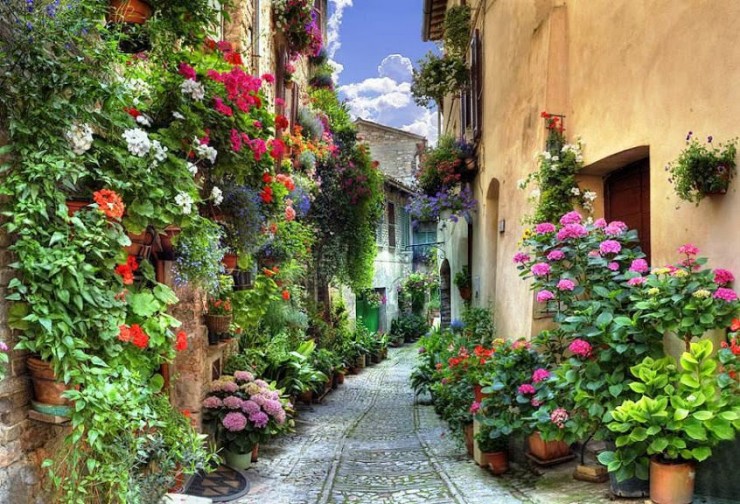
Photo by the Unknown
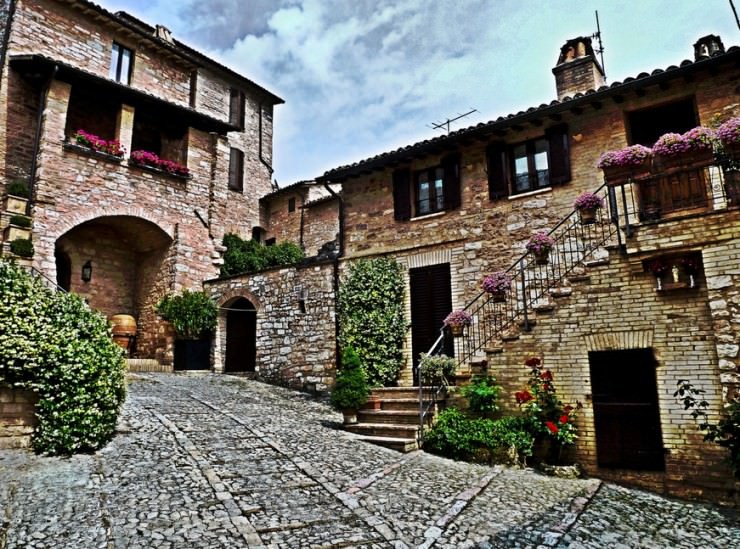
Photo by Pieter Arnolli
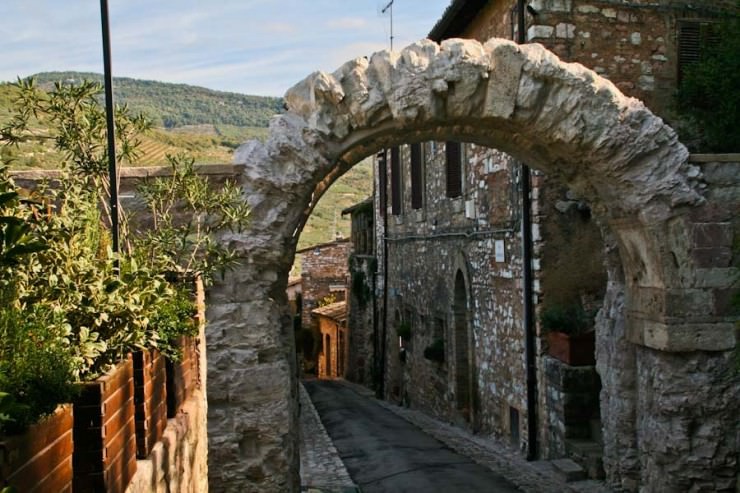
Photo by the Unknown
5. Avignon, France
One of the most recognizable historic towns is found in the south-eastern part of France. The city was already known in the 6th century BC! Today it is protected by UNESCO as a world heritage site. The Palace of the Popes define the city and is visible from afar.
Why to go there?
Four million tourists visit Avignon every year. They explore the ancient architecture and also enjoy boat tours on a river.
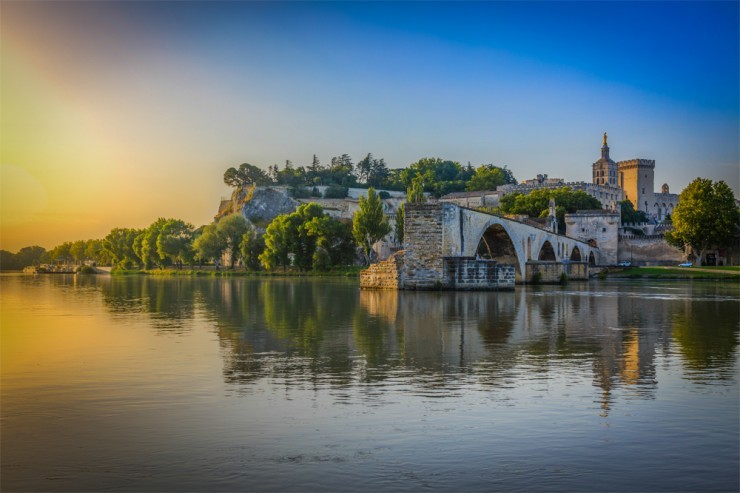
Photo by the Unknown
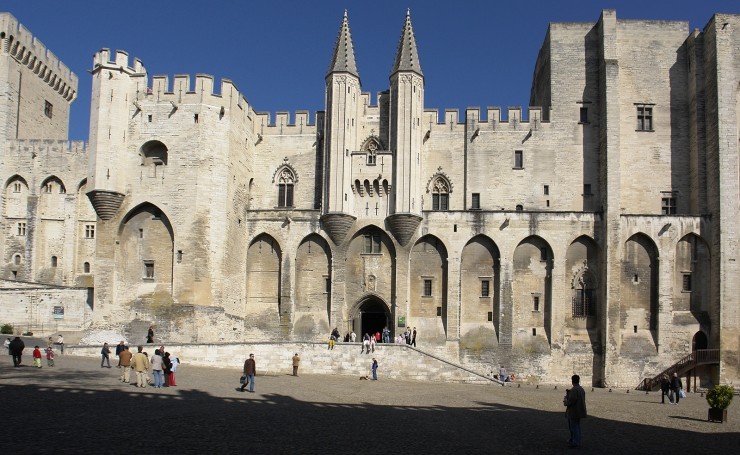
Photo by the Unknown
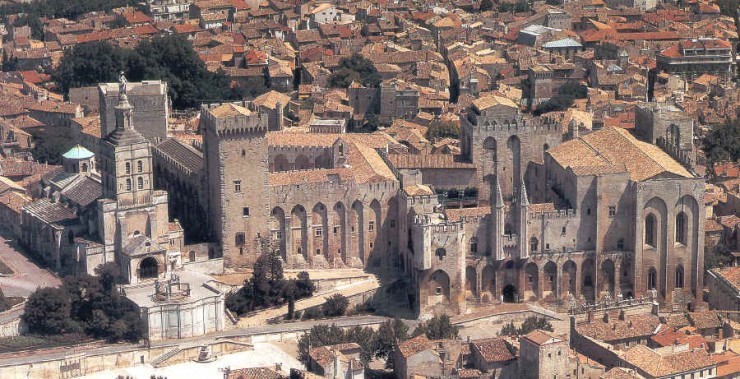
Photo by the Unknown
4. Bruges, Belgium
The Medieval part of Bruges has many remarkable monuments: the Church of Our Lady, for instance, is one of the highest brick buildings in the world. The tourists love taking a romantic boat tour in Bruges canals – probably the best way seeing the town.
Why to go there?
Certainly a gorgeous town, often referred to as the Venice of the North.
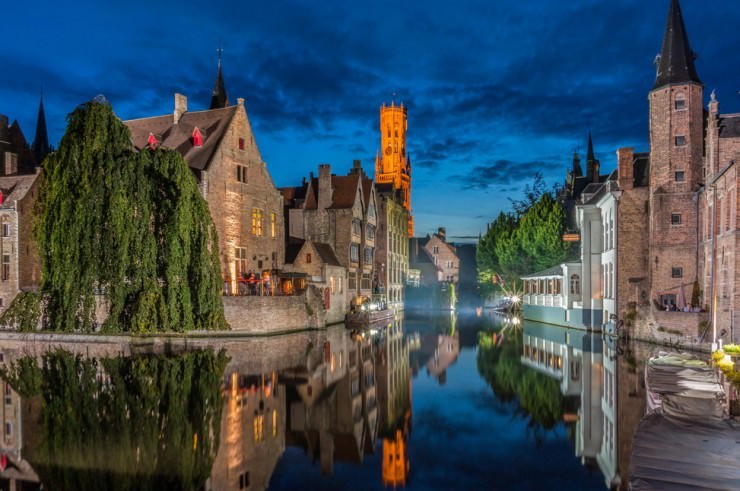
Photo by Sam De Gueldre
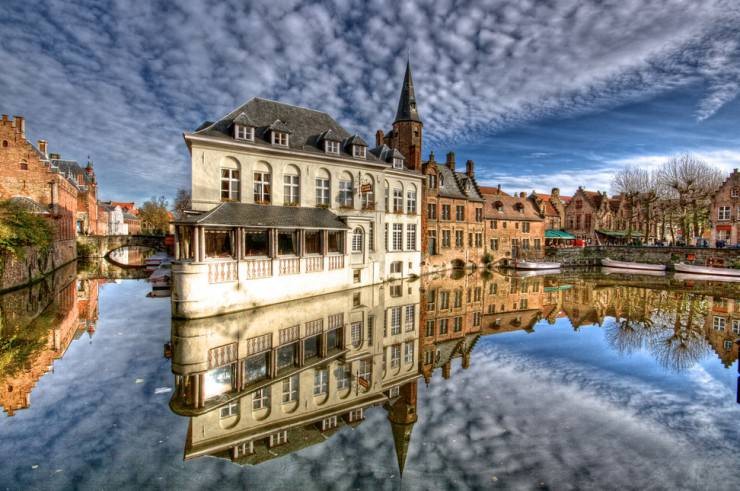
Photo by Dan Biggins
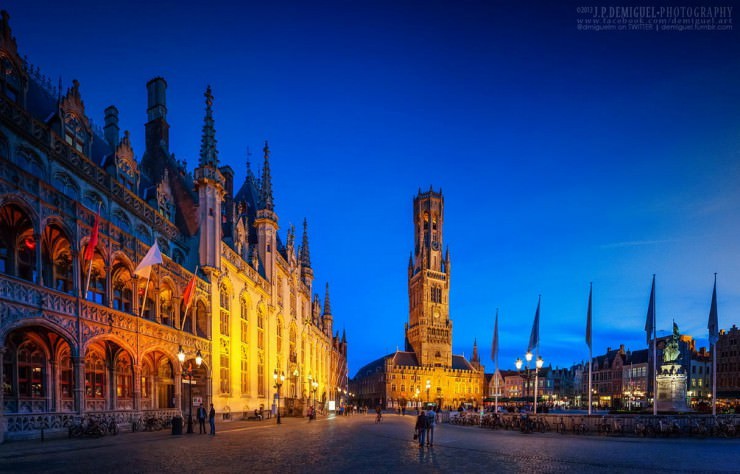
Photo by Juan Pablo de Miguel
3. Old San Juan, Puerto Rico
The oldest settlement in the country, founded in the early 16th century. Today due to the rich historic heritage, which includes fortifications, churches and houses from colonial era, Old San Juan is considered to be a National Heritage Site.
Why to go there?
The mix of Taino people – the locals – and the European descendants resulted in a city’s rich heritage. Everything in Old San Juan is colorful and eclectic: the houses differ in color and style and even the pavements are made of the blue bricks, making it a very attractive and amusing place.

Photo by George Oze
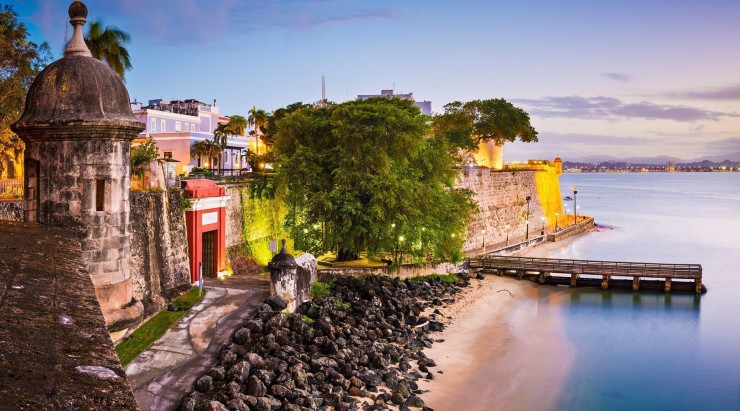
Photo by the Unknown
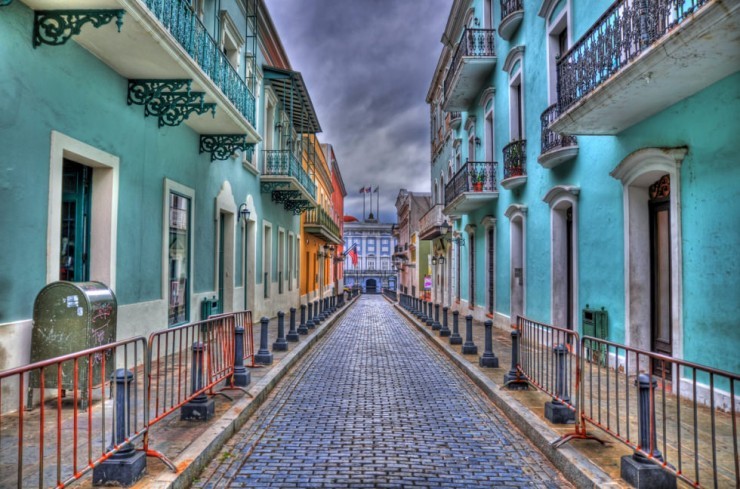
Photo by Mark Millan
2. Pingyao, China
In the 14th century the city was the financial center of China. Today it is listed as the World Heritage Site because of its ancient walls. The narrow Medieval streets and markets make you believe in time travel – Pingyao is a truly authentic town to visit.
Why to go there?
Many historic sites from Ming and Qing era are present.
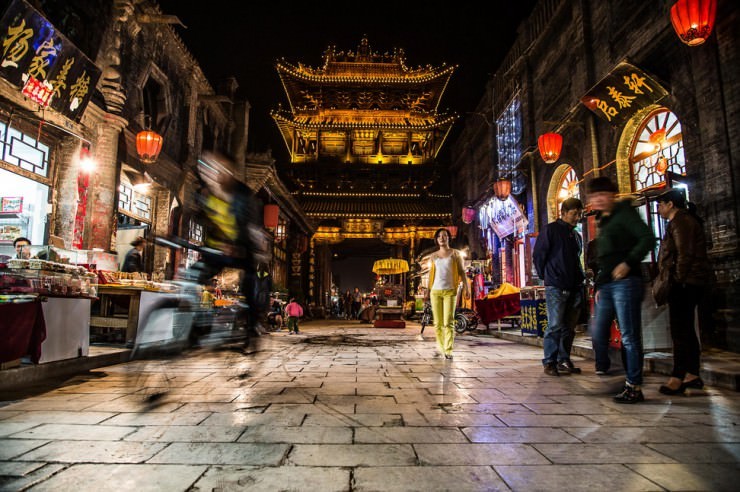
Photo by Martin Schirlo
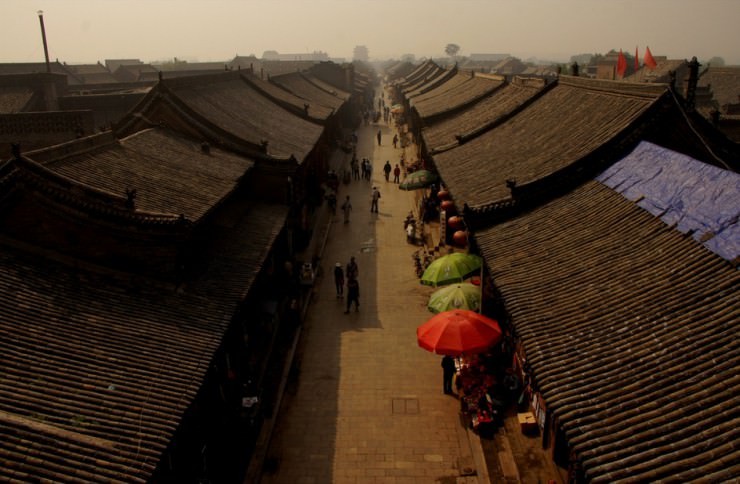
Photo by the Unknown
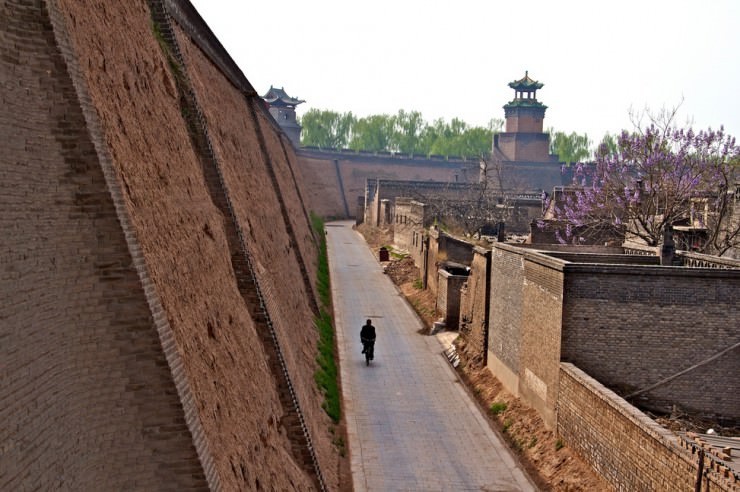
Photo by Austin Johnsen
1. Prague, Czech Republic
The European city is filled with beautiful Medieval architecture: the famous Charles Bridge, the biggest Medieval square in Europe, amazing Prague Castle and churches. The Powder Gate was built in the 11th century and leads into the spectacular Old Town.
Why to go there?
The city is indeed beautiful, with such interacting sites like the astronomical clock with its appearing figurines.
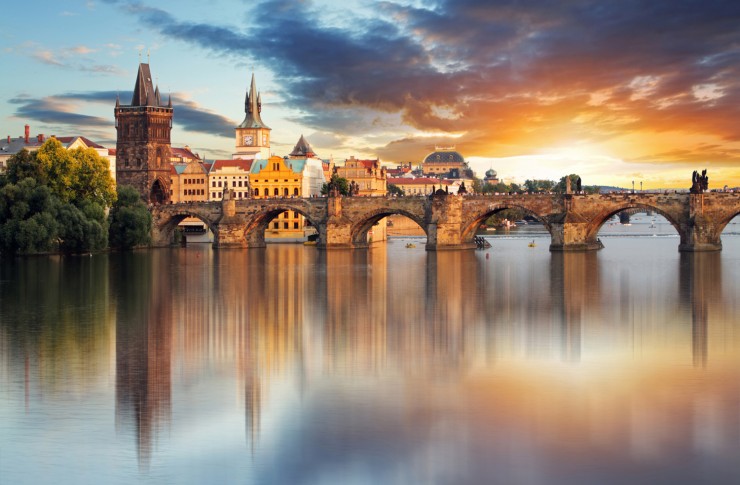
Photo by the Unknown
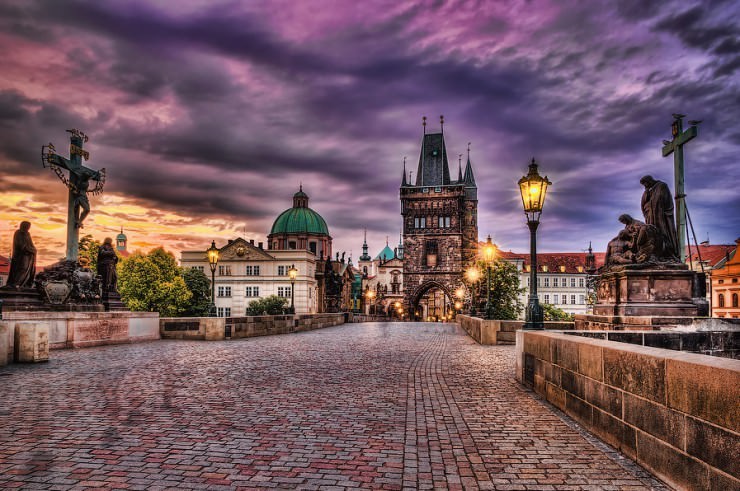
Photo by Mark Kats
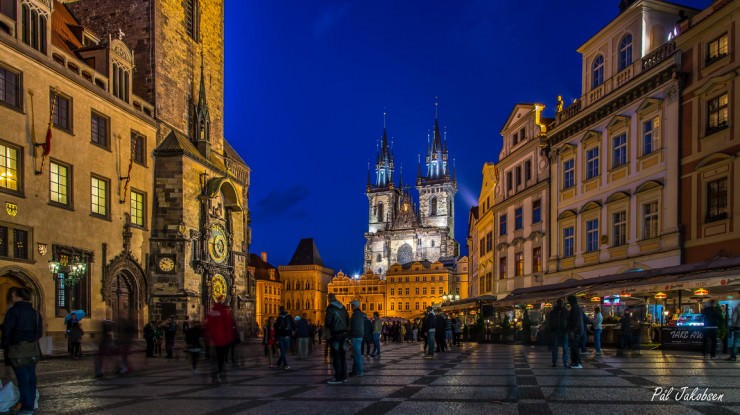
Photo by Pål Jakobsen
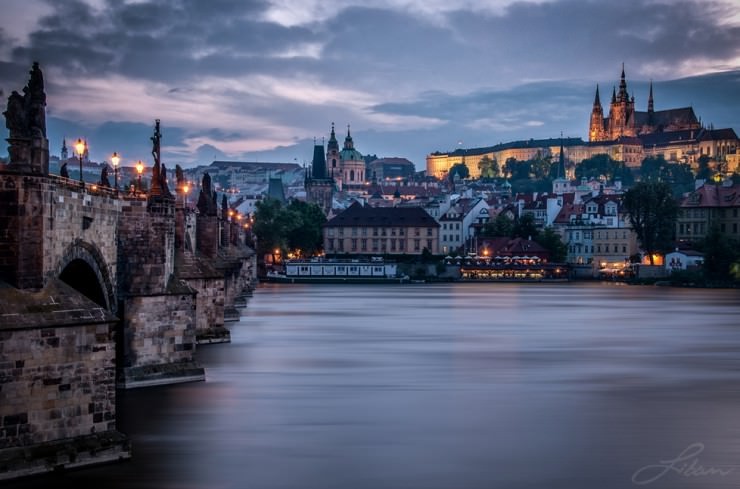
Photo by Liban Yusuf
